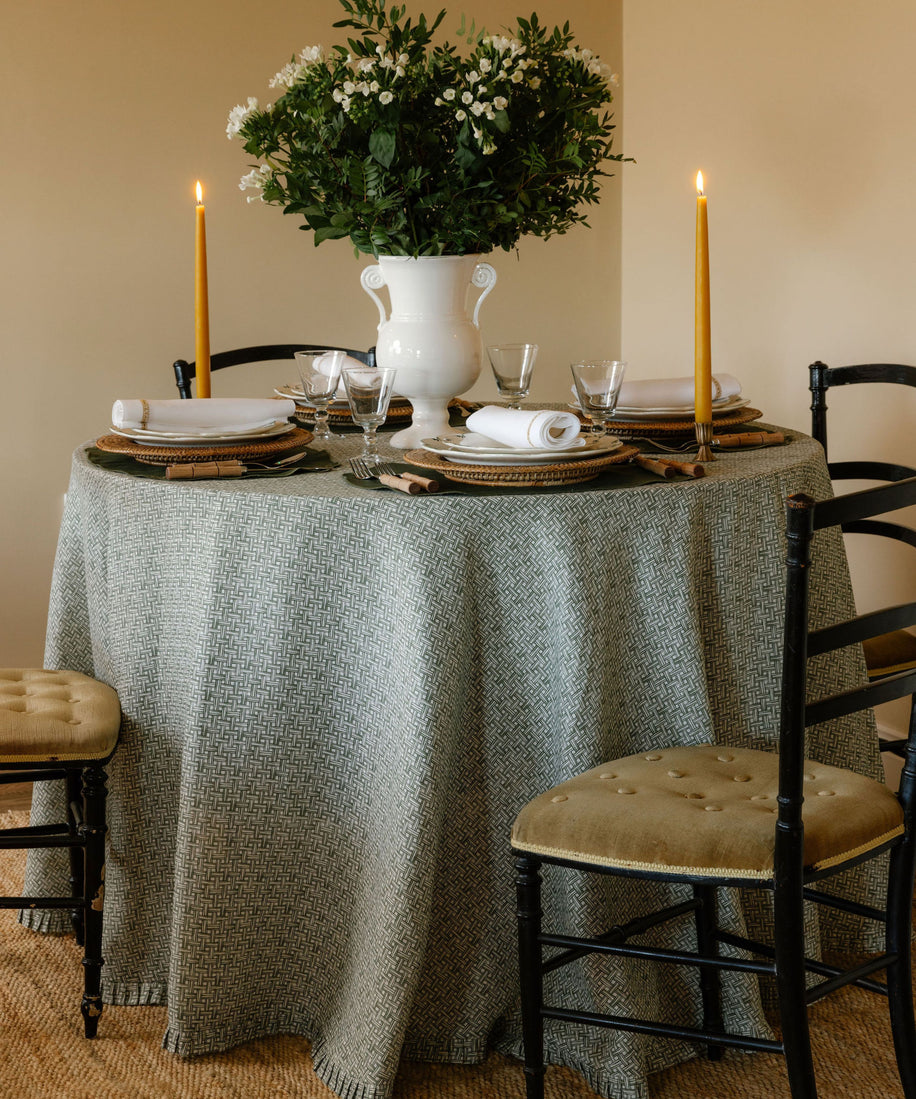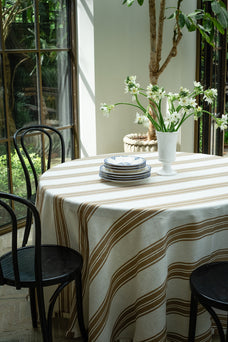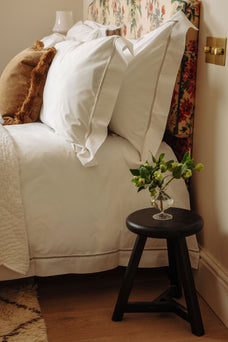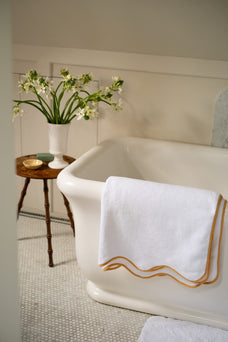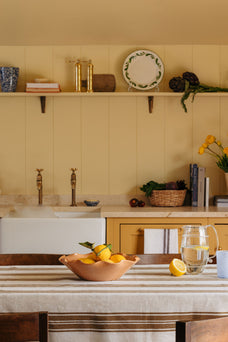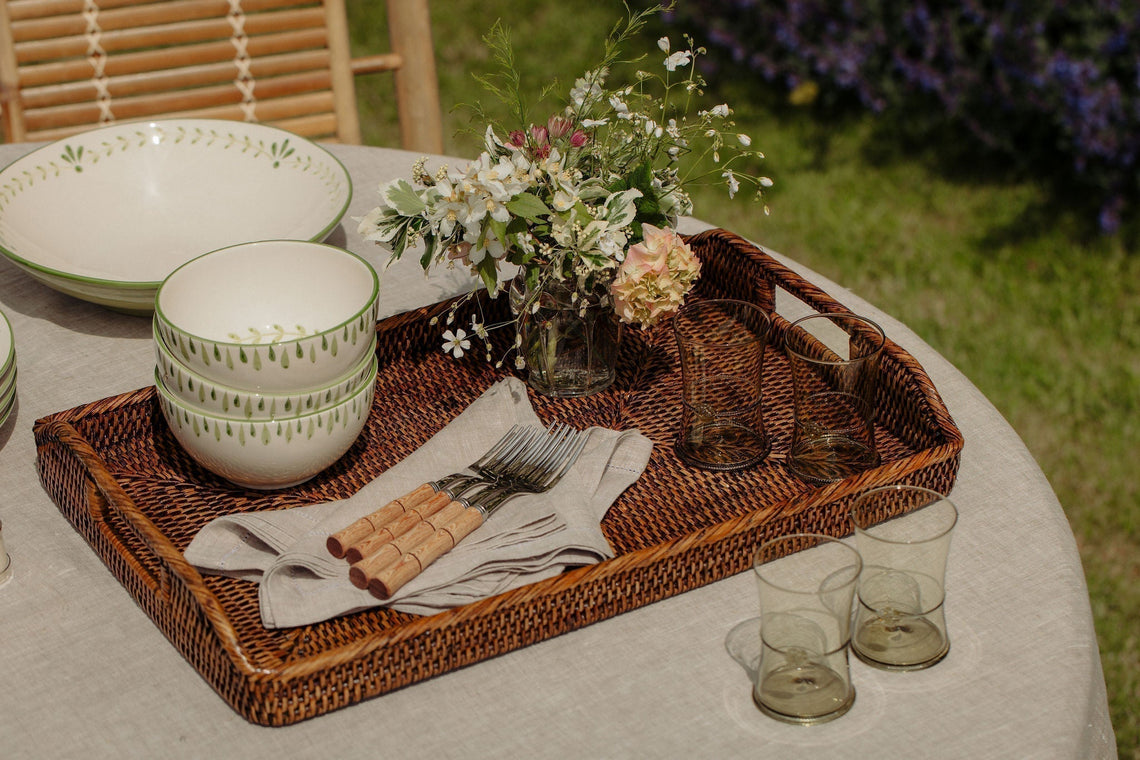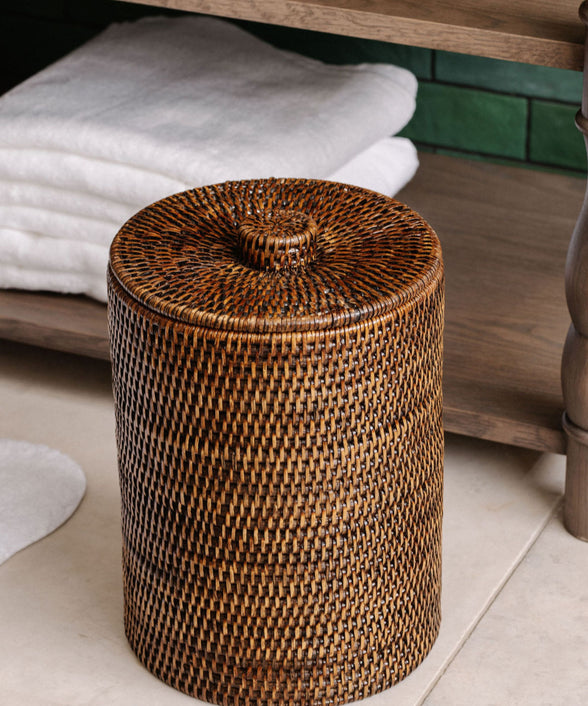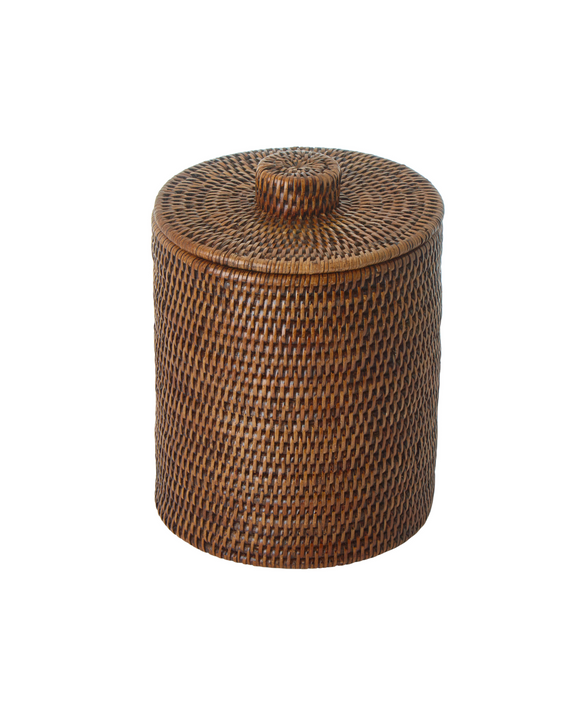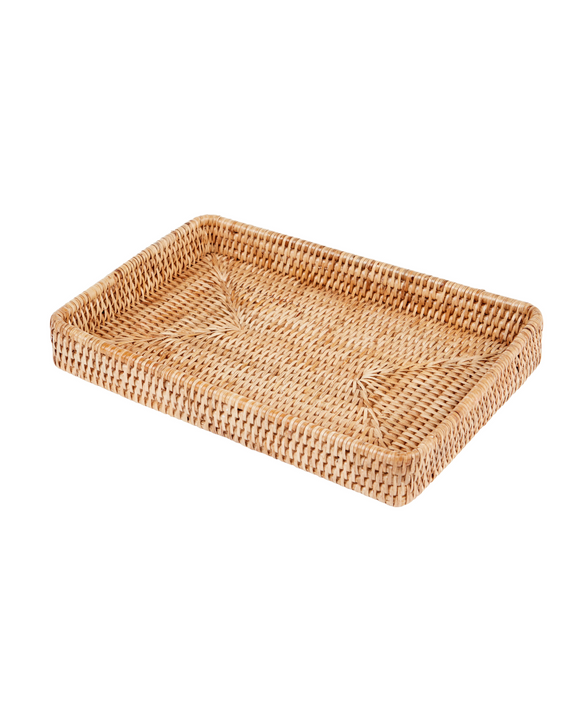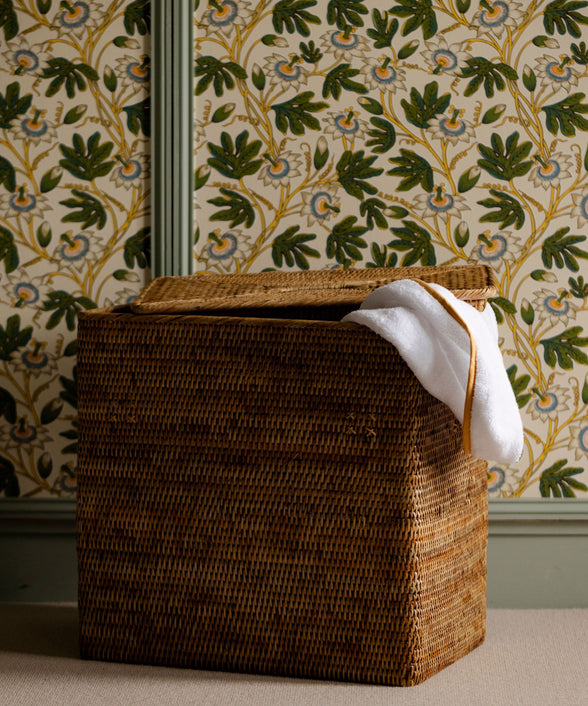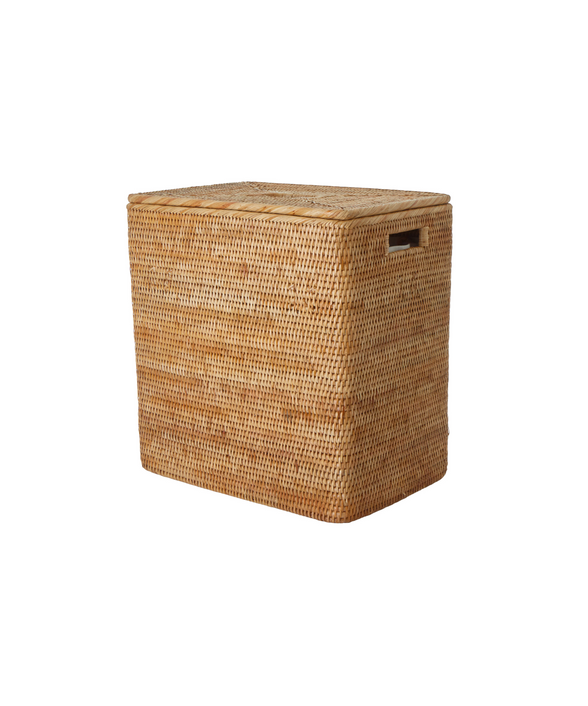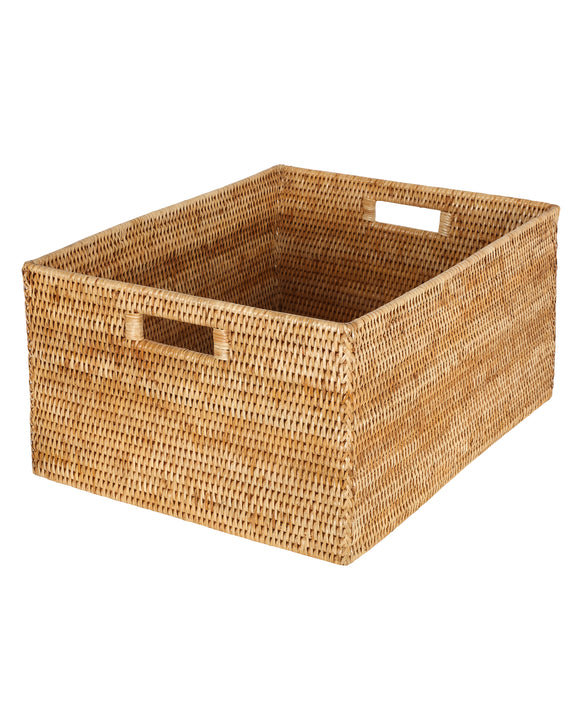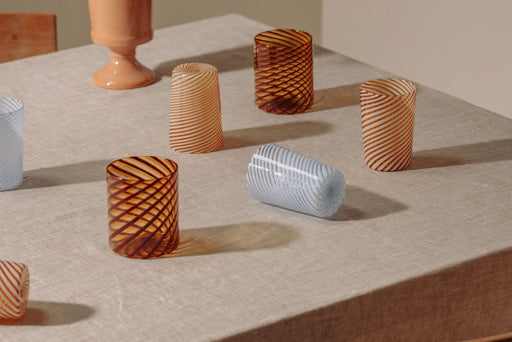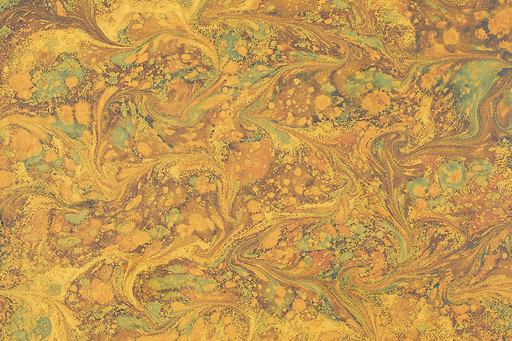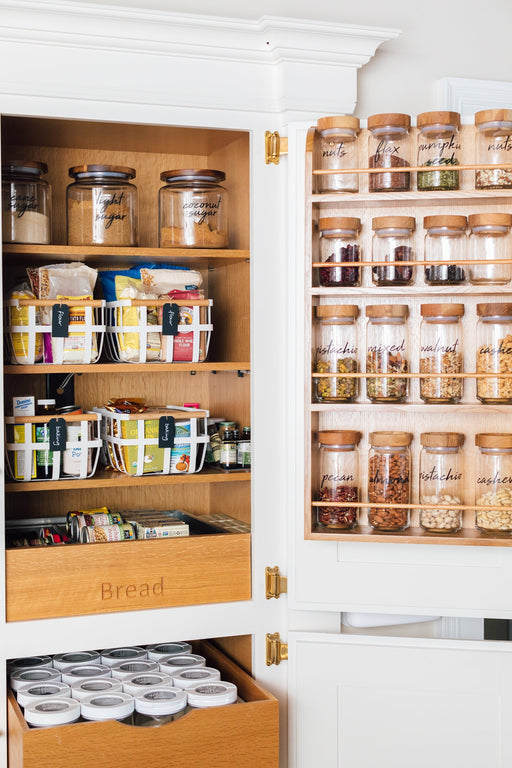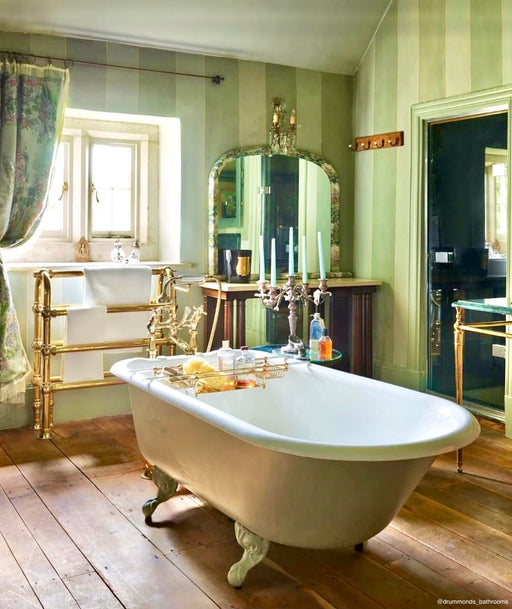What is rattan?
Rattan is a thin, strong and flexible vine which is native to Southeast Asia’s tropical jungles. It is a member of the same plant family as palm trees, and has been used to make furniture and homeware in Asia for centuries. It is lightweight, durable and naturally insect-resistant, as well as being a sustainable choice of material due to how fast it grows. Its vines are used to make items such as baskets, chairs and boxes that are somewhat resistant to both rain and sun, as well as being robust. The outside of the rattan palm is removed to reveal the inner core which is what is used to make homeware. Most of the rattan currently used for homeware and furniture is sourced from the Philippines.
Rattan is often confused with bamboo and wicker. Bamboo is a different plant that is hollow inside whereas rattan is solid, and is also a more flexible and resilient material. Wicker isn’t a material - it is the technique used in making furniture or accessories. The rattan is hand-woven into a variety of different shapes, with a diamond weave being the most commonly used.
Pay attention to the type of rattan you are purchasing. Natural rattan is the most durable and most expensive, harvested from older trees. Rattan peel is harvested from younger trees and is less durable. And synthetic rattan is made from plastic, is less durable and is not a sustainable material.

A brief history of rattan homeware
Rattan has been a popular material in Asia and Africa for generations, gaining popularity in the Western world when the British and Dutch East India Companies introduced the material to Europe where it became popular thanks to its durability and aesthetics. As was the trend of the times, it was when a member of royalty endorsed the material that it became popular among the masses - when Queen Victoria was gifted a rattan sofa by the Sultan of Brunei.
Initially popular for orangeries and gardens, rattan eventually found its way inside our homes. In England, William Morris and the Arts and Crafts movement popularised rattan furniture for inside the home. During the 20th Century, it steadily became mass produced, which made it more affordable. Around the time of the 1920’s - 40’s, rattan became increasingly popular in America, conjuring up visions of laid-back tropical island luxury on the sets of Hollywood films. After the end of World War II, it became an aspirational symbol, synonymous with the Mid-Century interiors of towns like Palm Springs. Then, in the 1960’s and 70’s, rattan furniture and accessories took on more of a bohemian style. Nowadays, the style of rattan pieces does fluctuate with the current trends, but it is possible to add rattan to your home in a timeless, classic way that is both effortless and elegant.

Why we love rattan decor
Our rattan pieces are best sellers for a reason. Introducing a couple of rattan elements into your home instantly adds an element of warmth and texture, while also adding interest to a room. Consider our rattan bathroom accessories - bathrooms can be cold, impersonal spaces, and adding a rattan laundry basket, bin or vanity tray introduces an extra element, texture and colour.
Rebecca says, “For many of us, rattan is nostalgic, as well as having an ability to stop rooms feeling overly formal. It adds a convivial feel to a room. Being a woven, natural fibre, it also helps to soften a room acoustically.”

However, there’s more to our love of rattan than aesthetics. It is a surprisingly durable material that stands the test of time - evident in the amount of vintage and antique rattan pieces that you may come across when searching on websites such as Vinterior or at antique fairs. Although natural rattan is the most expensive form of the material, it is relatively inexpensive when compared to hard woods. It is also a lightweight material, allowing you to easily move rattan pieces around your home. What’s more, aesthetically it is a versatile material that suits any style of home or interior taste. It can be both elegant and relaxed, dependent on the setting and the particular item.
One of our favourite facts about rattan is that it is a sustainable material, as it grows quickly. Unlike most woods, which can take 20 or 30 years to grow before it can be harvested, rattan can be fully grown and harvested within a couple of years. It also provides income and employment for local communities. However, due to the destruction of rainforests and the increased demand for rattan homeware, not all rattan is now deemed sustainable. In the 1980’s, Indonesia banned the exportation of raw rattan vines, aiming to boost local manufacturing - therefore you should always look for rattan homeware that is made in the same place the rattan is sourced from. Additionally, rattan vines need trees to climb, meaning that responsible forestry is pivotal to the production of sustainable rattan, therefore ensure that you choose rattan pieces produced in areas certified by the FSC (Forest Stewardship Council).
Discover our range of rattan homeware - including chargers, laundry baskets, bathroom bins and storage boxes. Explore our edit of refined decor to elevate the everyday and make your home feel your own.

